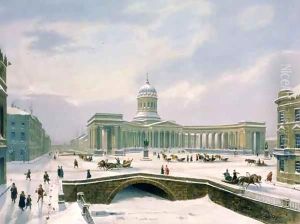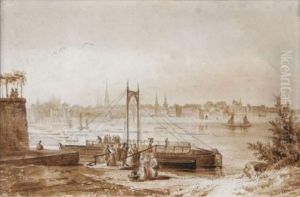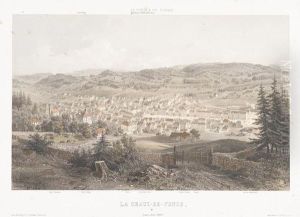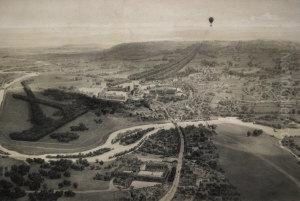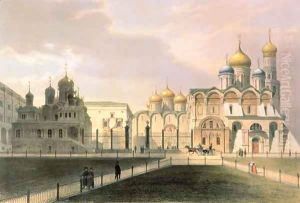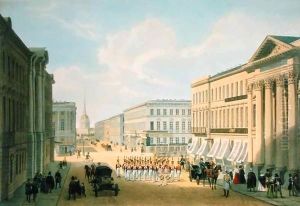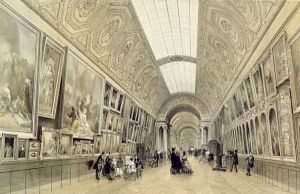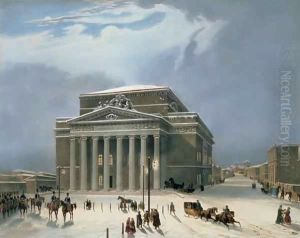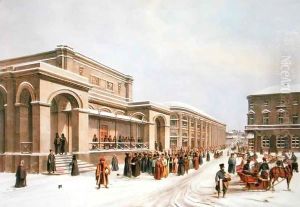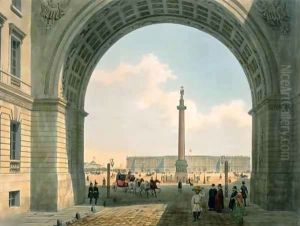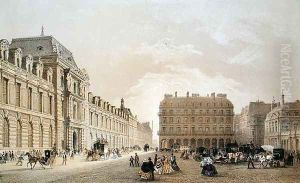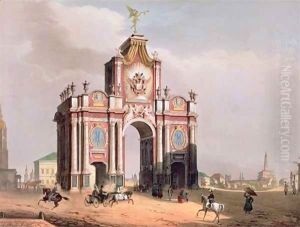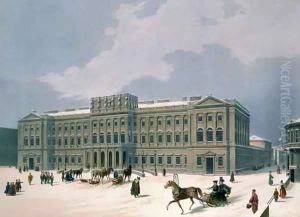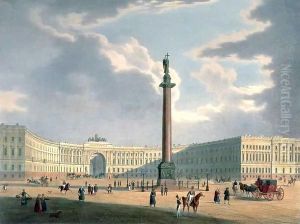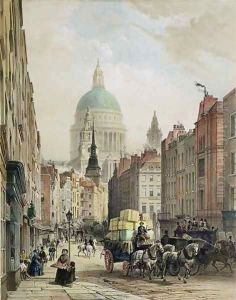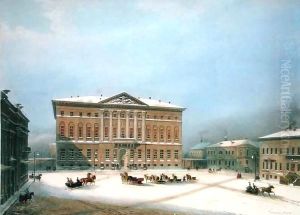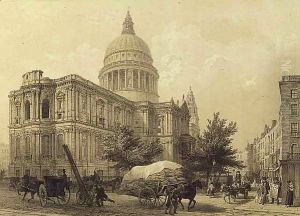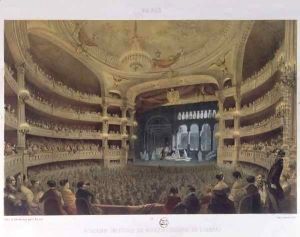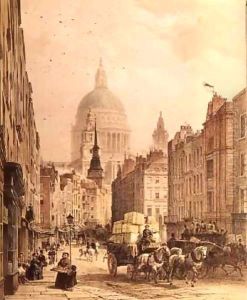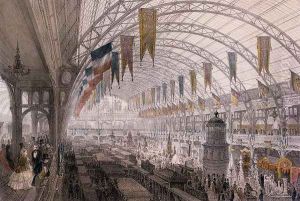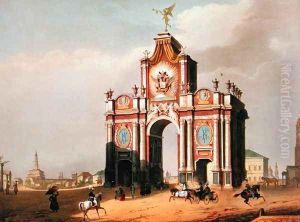Louis Jules Arnout Paintings
Louis Jules Arnout was a French painter and lithographer known for his architectural and landscape compositions. Born in 1814, he was part of a family of artists, with his father, Jean-Baptiste Arnout, also being a lithographer. Louis Jules Arnout studied under his father and later under the tutelage of Jean-Léon Gérôme, a prominent French painter and sculptor in the academicism style.
Arnout's works often depicted picturesque landscapes, city scenes, and monuments with a remarkable attention to detail and an emphasis on the atmospheric effects of light and shadow. He was particularly skilled in the art of lithography, a printing method that was widely used at the time for reproducing images. Through lithography, Arnout was able to capture the intricate details of his subjects and make his work accessible to a broader audience.
Throughout his career, Arnout exhibited at the Paris Salon, the official art exhibition of the Académie des Beaux-Arts in Paris. His works were well-received, and he gained a reputation for his vivid and accurate representations of architecture and the urban environment.
Louis Jules Arnout continued to work and contribute to the art world until his death in 1868. His legacy is preserved through his numerous prints and paintings, which continue to be appreciated by art historians and collectors for their technical skill and historical value.
